Glass types
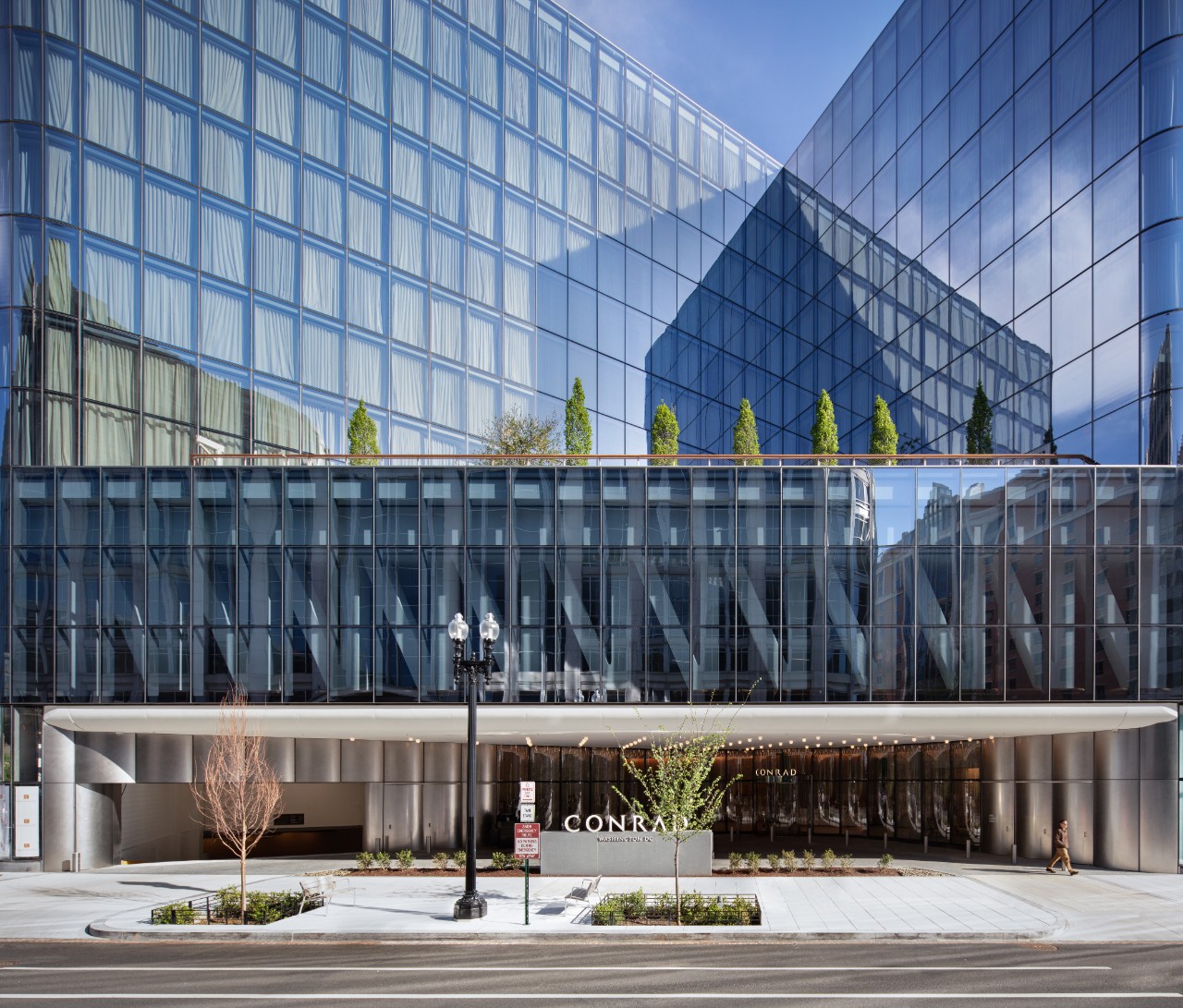
You might think that glass is… just glass: a transparent, slightly greenish, and fragile material. Well, it is not that simple. In fact, there are many different types of glass that offer different features and benefits. Various production processes can modify its appearance, strength and performance for benefits such as safety and security, acoustic insulation, solar control, thermal insulation, aesthetic appeal, and much more.
See our different types of glass
- Glass types by production processes: float glass, laminated glass, coated glass and mirror glass
- Glass by type of heat treatment: annealed glass, tempered glass, heat-strengthened glass
- Glass types by aesthetic properties: clear and ultra clear glass, high-reflective and anti-reflective glass, tinted glass, curved glass, satinated glass, painted glass
- Glass types by performance & coatings: thermal insulation glass, solar control glass, low-E glass, glare control glass, safety and security glass, acoustic control glass, bird-friendly glass
Glass types by production process
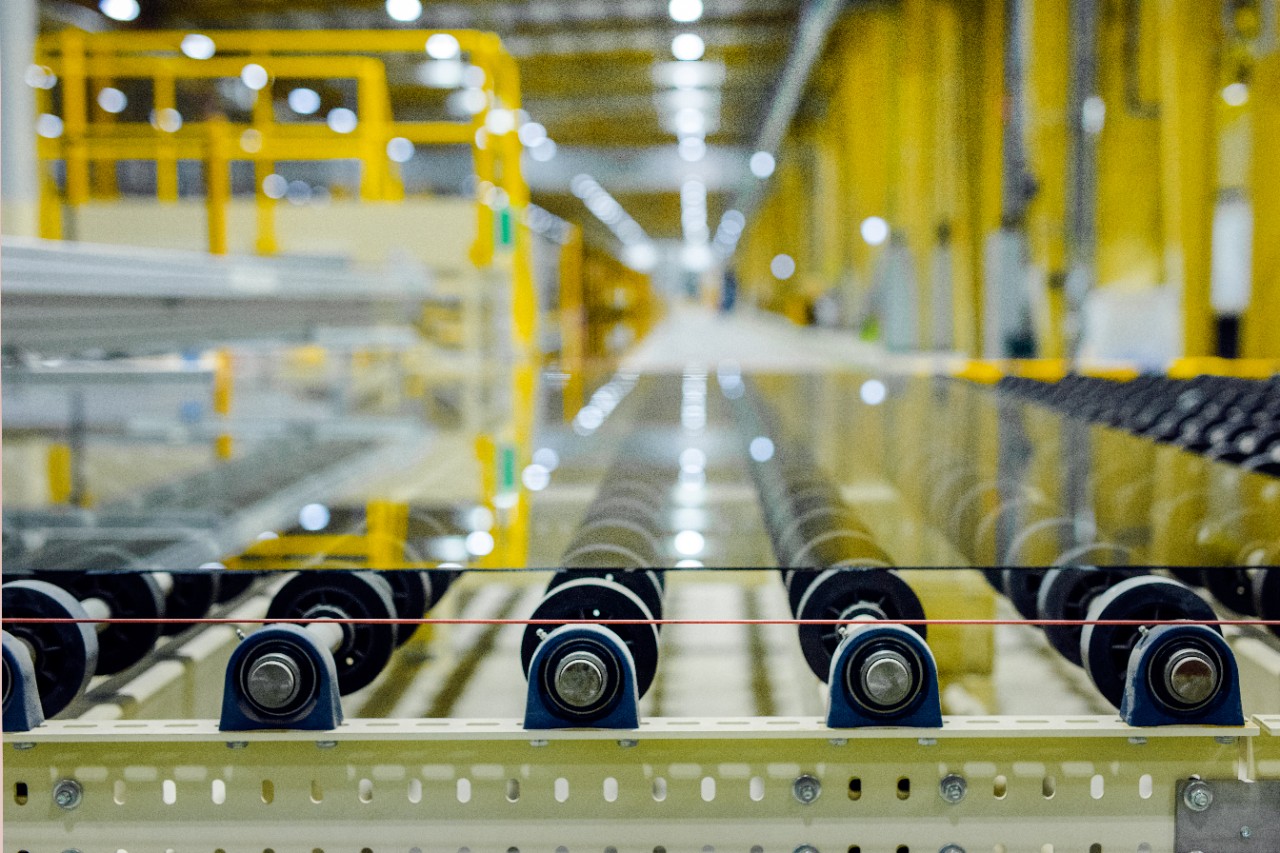
Float glass
Float glass is the foundation of everything we do. It is the base glass, or substrate, that we use to further produce coated, laminated glass, mirror glass, and other value-added products. Producing float glass is like cooking a meal: mix the right quantity of raw materials - silica sand, soda ash, limestone, dolomite, cullet (broken or recycled glass), heat the mixture to the correct temperature, and control its cooling. These are the steps to carefully follow to produce high quality float glass, with the optical and physical properties required for further processing. Float glass can be highly transparent and color-neutral to tinted.
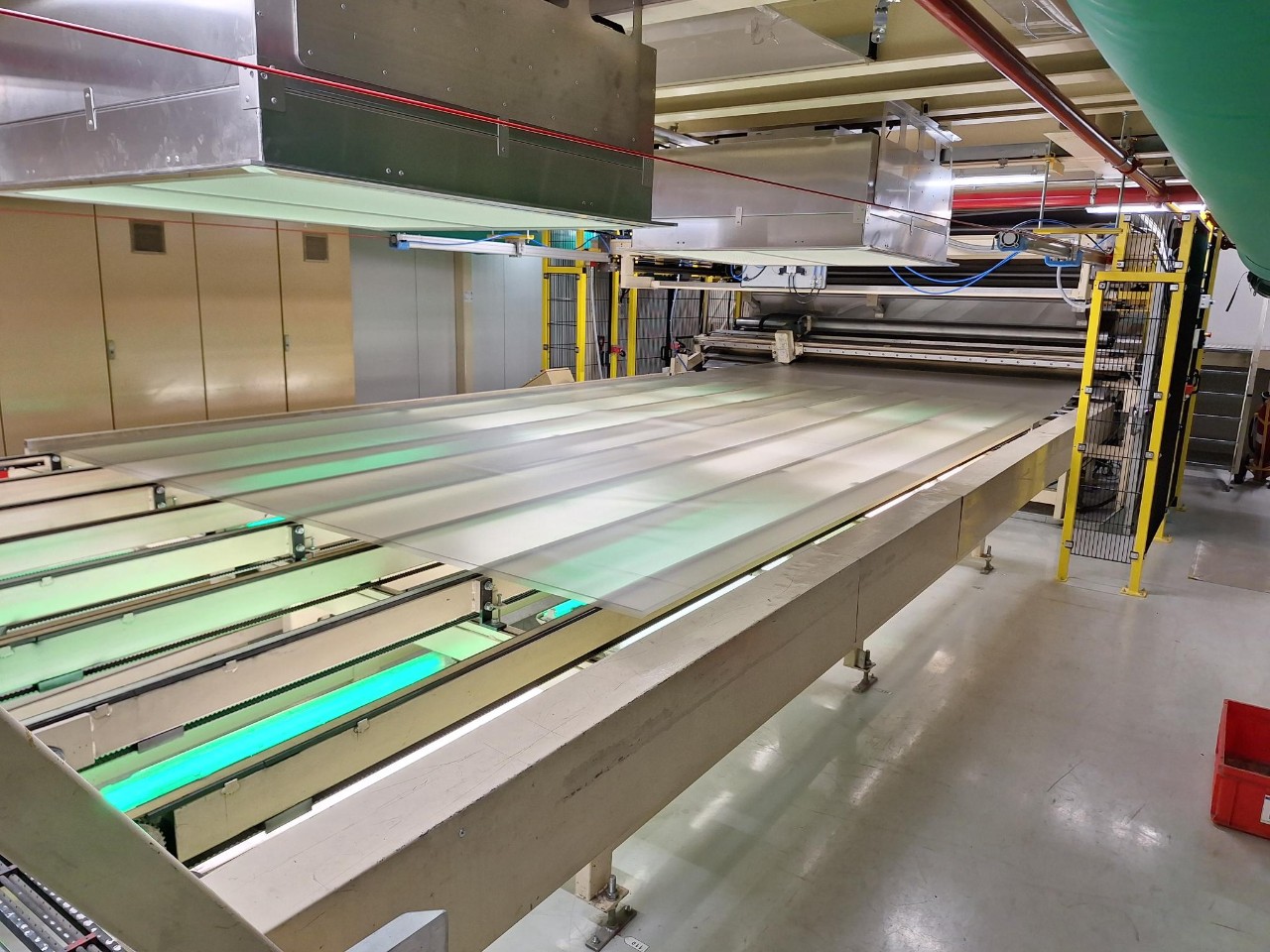
Laminated glass
Laminated glass is made out of 2 or more lites of glass bonded together with polymer interlayer(s). The lites and interlayers are assembled in a clean room, in the form of a sandwich, which is then pre-bonded together mechanically. The pre-bonded assembly is then placed in an autoclave, where it is subjected to a high pressure. Laminated glass provides impact-resistance properties. Its level of resistance to impacts depends on its make up (i.e. how many lites of glass, of what thickness, and how many interlayers are bonded together). Specific thicknesses can provide hurricane-, bullet- or blast-resistance. When it breaks, the glass will remain stuck to the interlayer, therefore helping to reduce the risk of injury due to falling sharp pieces of glass. Laminated glass can also, depending on the interlayer used, offer sound reduction or structural properties.
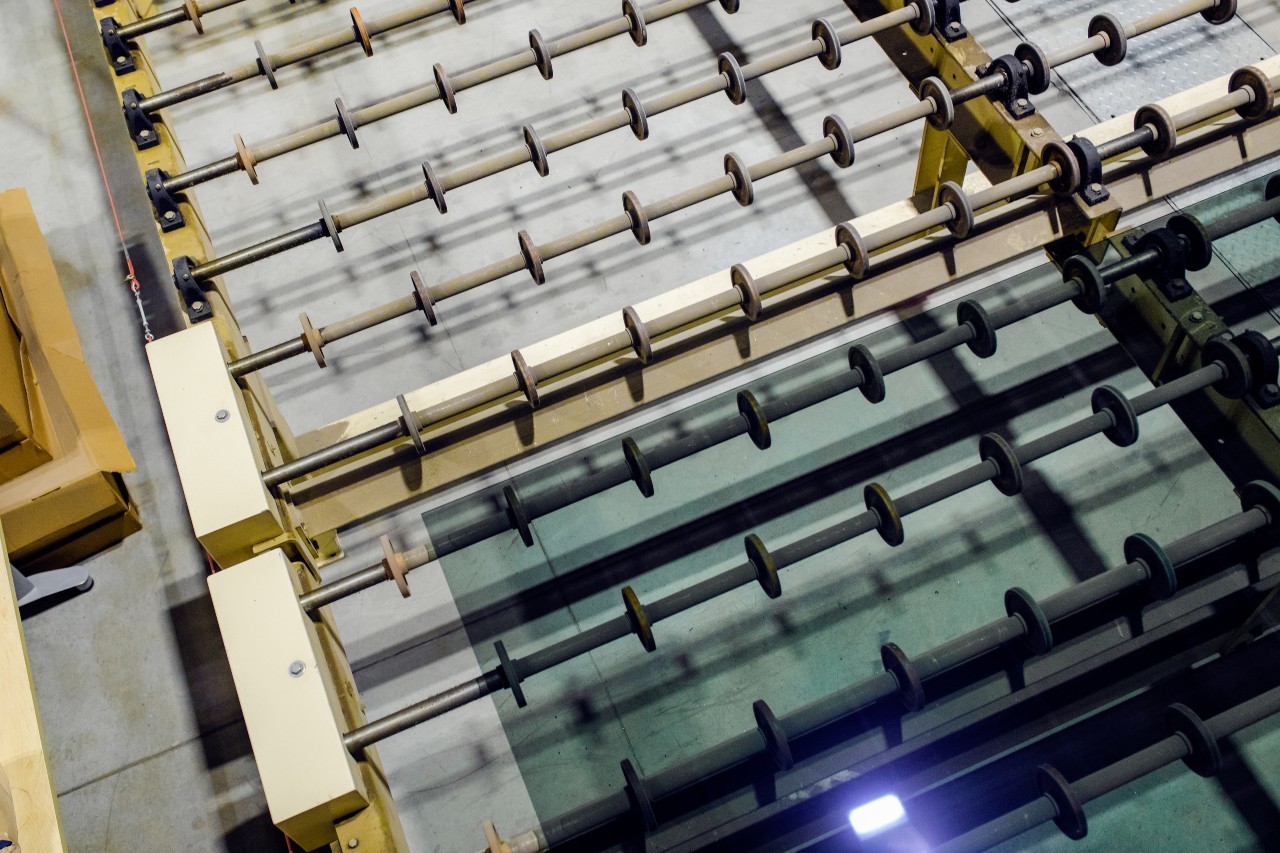
Coated glass
There are two ways to coat glass: using the pyrolytic or the sputter deposition process. At Guardian Glass, we only use the sputter process, also known as the magnetron process. A very thin and transparent coating of different metal oxides is added and permanently sealed to the surface of the glass to add solar control and/or thermal insulation properties. Coated glass with such properties is primarily used in windows and facades. The coating also changes the appearance of the glass, mainly its reflected appearance when viewed from the outside of the building.
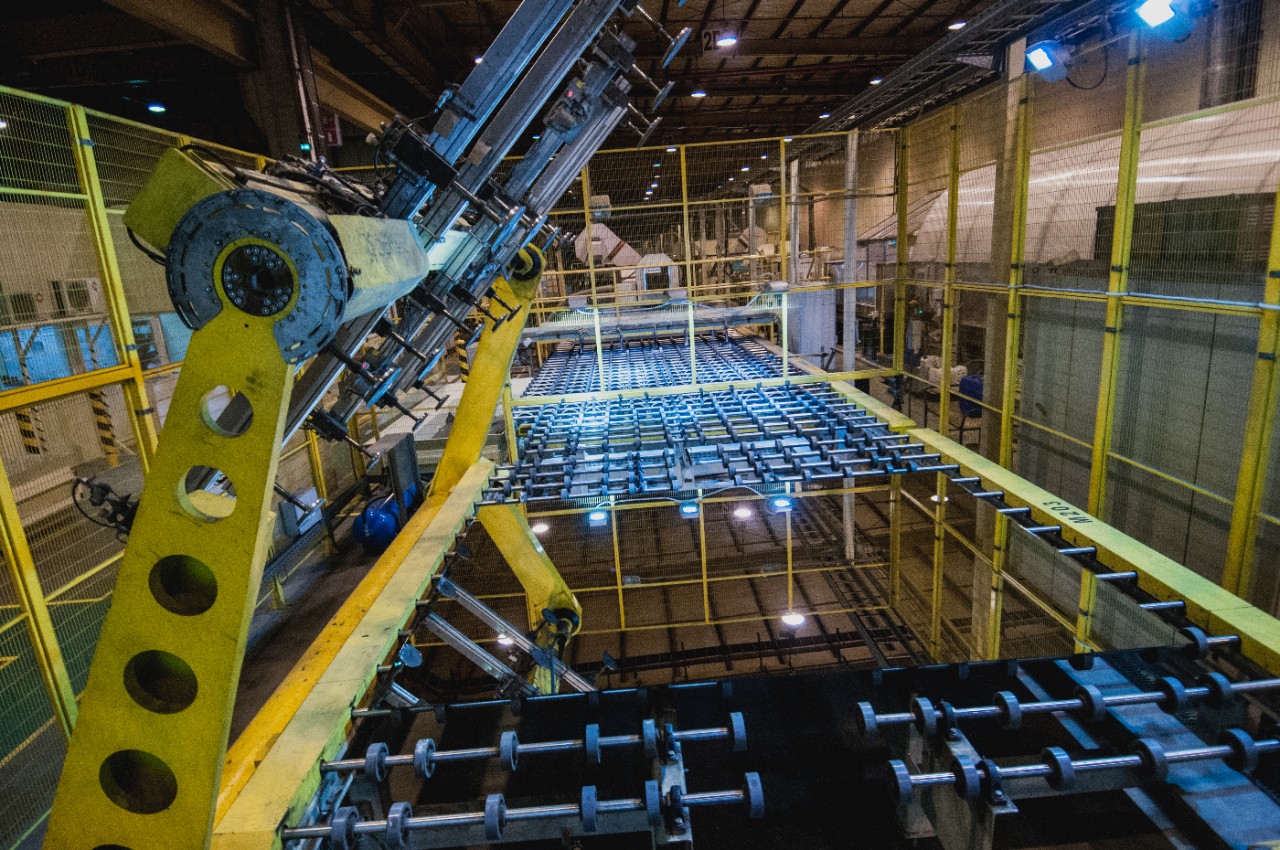
Mirror glass
To transform transparent float glass into a mirror, several coatings are applied to the surface of the glass. The first one is liquefied tin, which allows the second coating, normally silver, to adhere to the surface. It is this silver coating that transforms clear glass into mirror glass. Two coats of paint are then applied on the silver coating to seal and protect it.
Glass by type of heat treatment
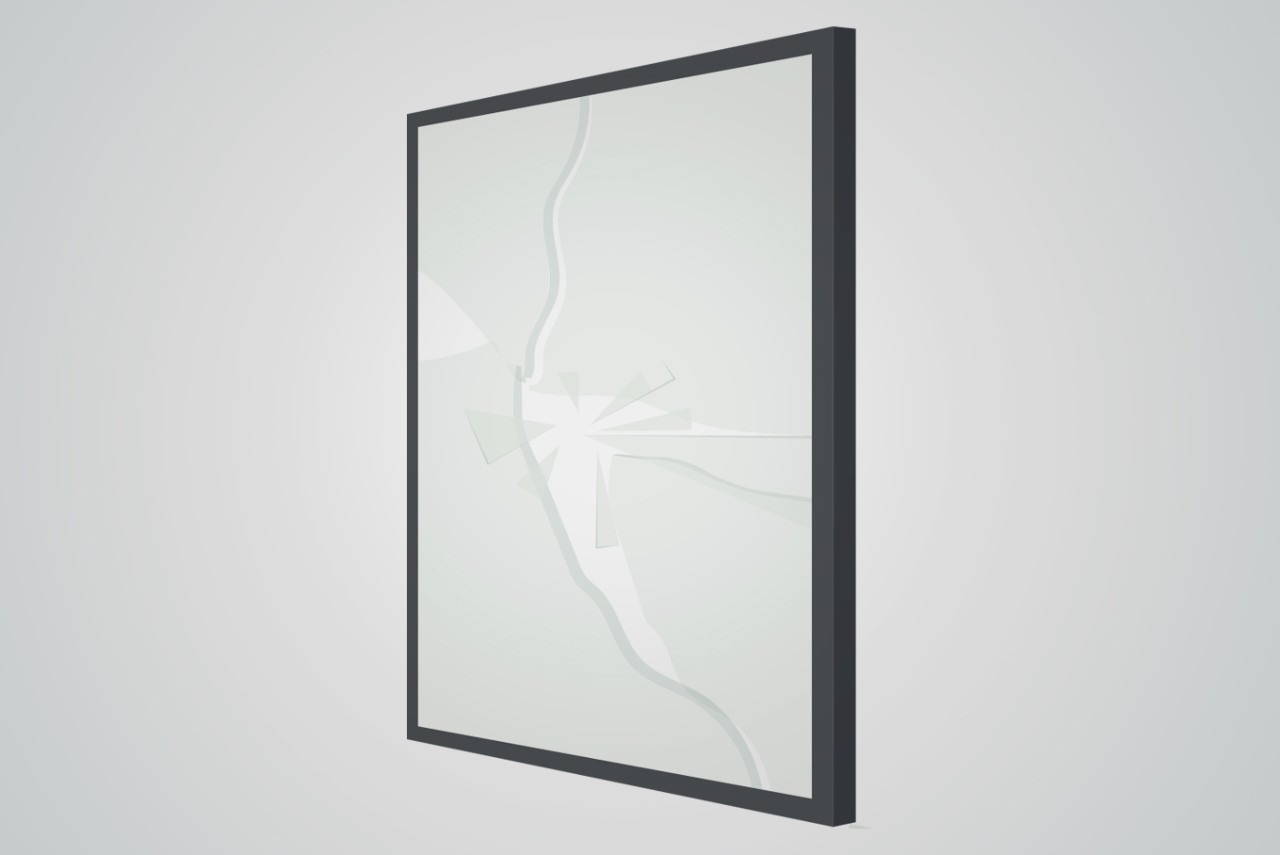
Annealed glass
Annealed glass is glass that has not been heat treated. During the float glass manufacturing process, the hot glass is cooled in a controlled way to release internal stress and enable precise, clean cutting of the glass. This controlled cooling is called the annealing process. When it breaks, annealed glass produces large and sharp fragments, and is therefore usually not considered as a safety glass.
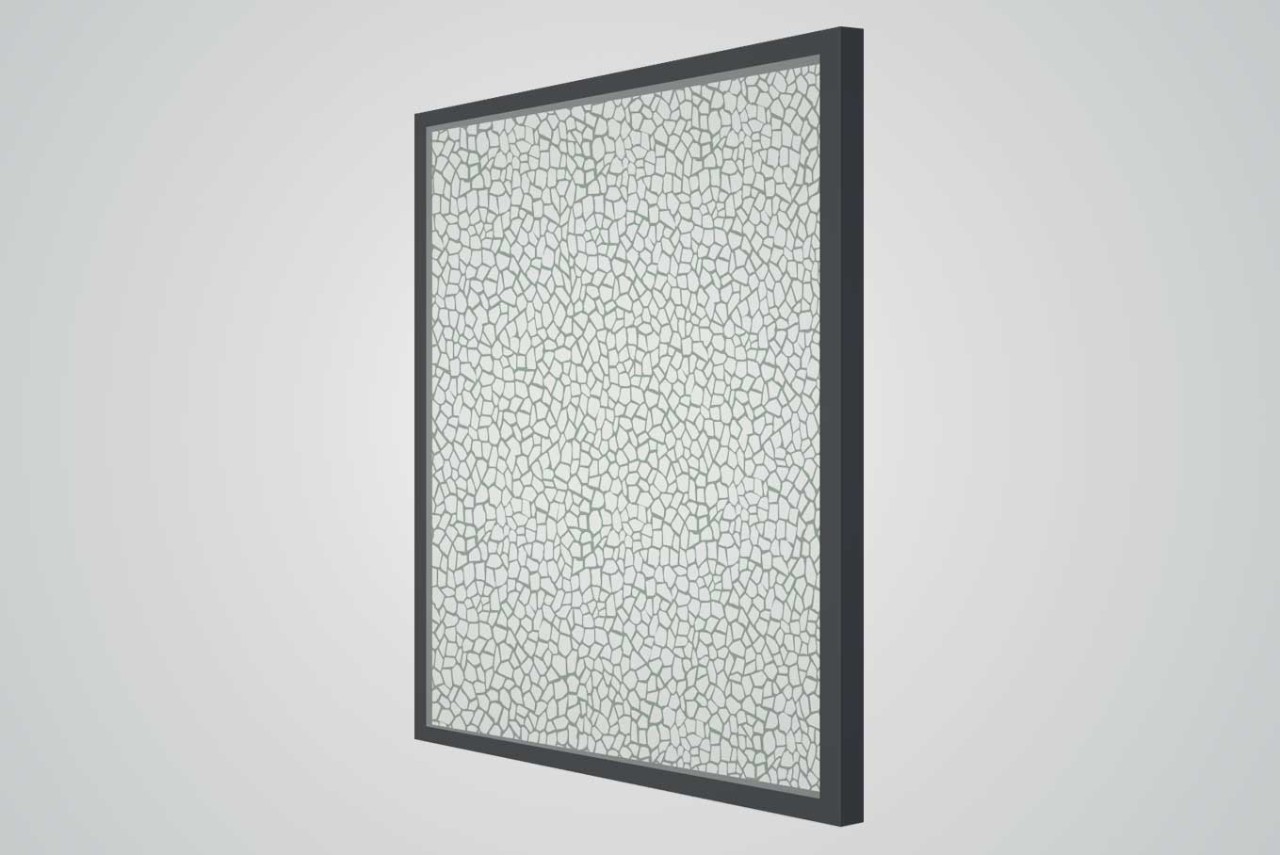
Tempered glass
(Fully) tempered glass is one of the two glass types produced using the heat treatment process. Annealed glass is heated to approx. 1,110°F (600°C) and then cooled down in a controlled way so that the surface cools down faster than the center of the glass, creating a permanent stress profile in the glass. Tempered glass is approximately 4 times stronger than annealed glass and is designed to break into small pieces with dull edges. It can therefore qualify as safety glass. Due to the stress profile within the glass, tempered glass cannot be cut.
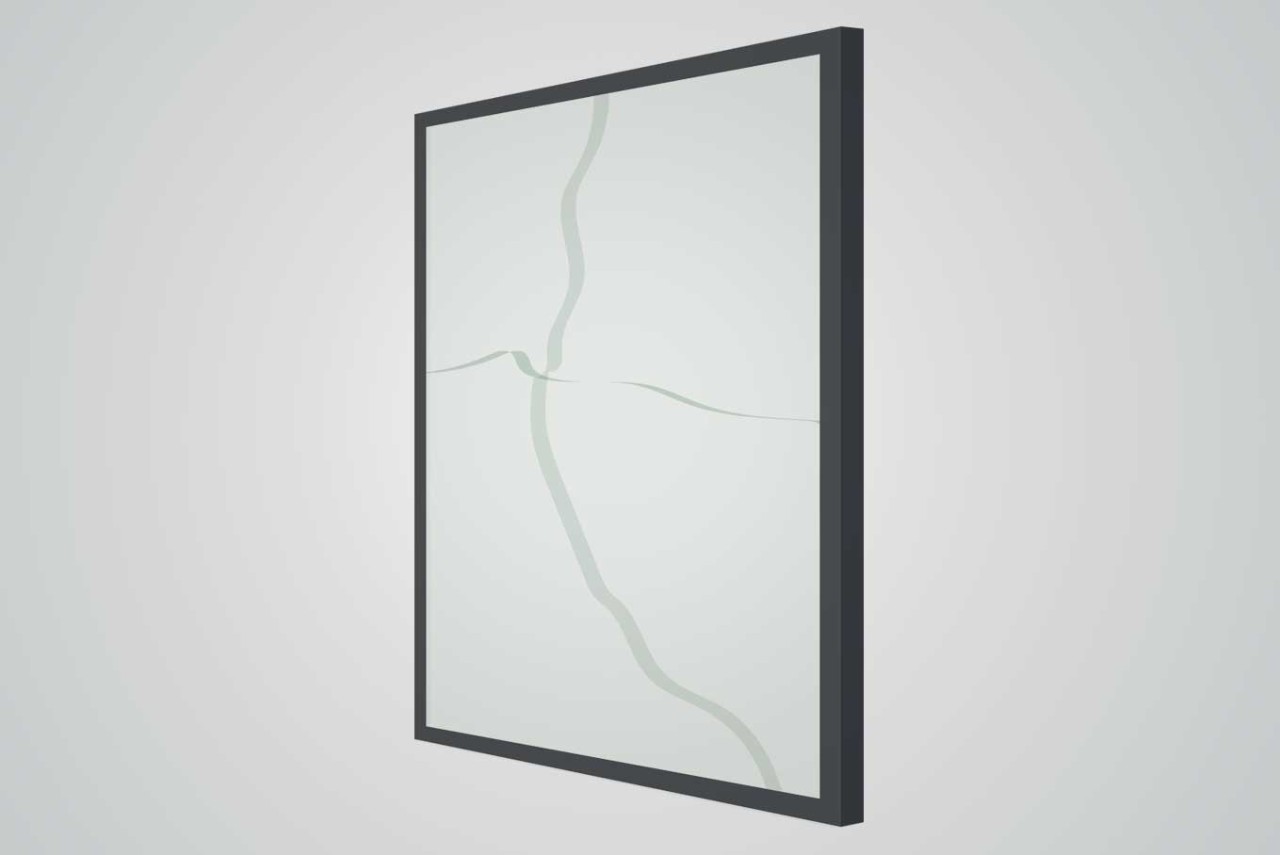
Heat strengthened glass
Heat strengthened glass is the second type of glass produced using the heat treatment process, but the cooling process is slower compared to tempered glass. Heat strengthened glass is approximately 2 times stronger than annealed glass. When it breaks, its fragments are more conducive to remaining within the glazing frame. It is important to note that monolithic (non-laminated) heat strengthened glass is usually not classified as a safety glass.
Although our glass can be heat treated, we do not temper or heat strengthen glass. Visit our Partner Locator to find a Guardian Glass fabricator/processor who can do it for you.
Glass types by aesthetic properties
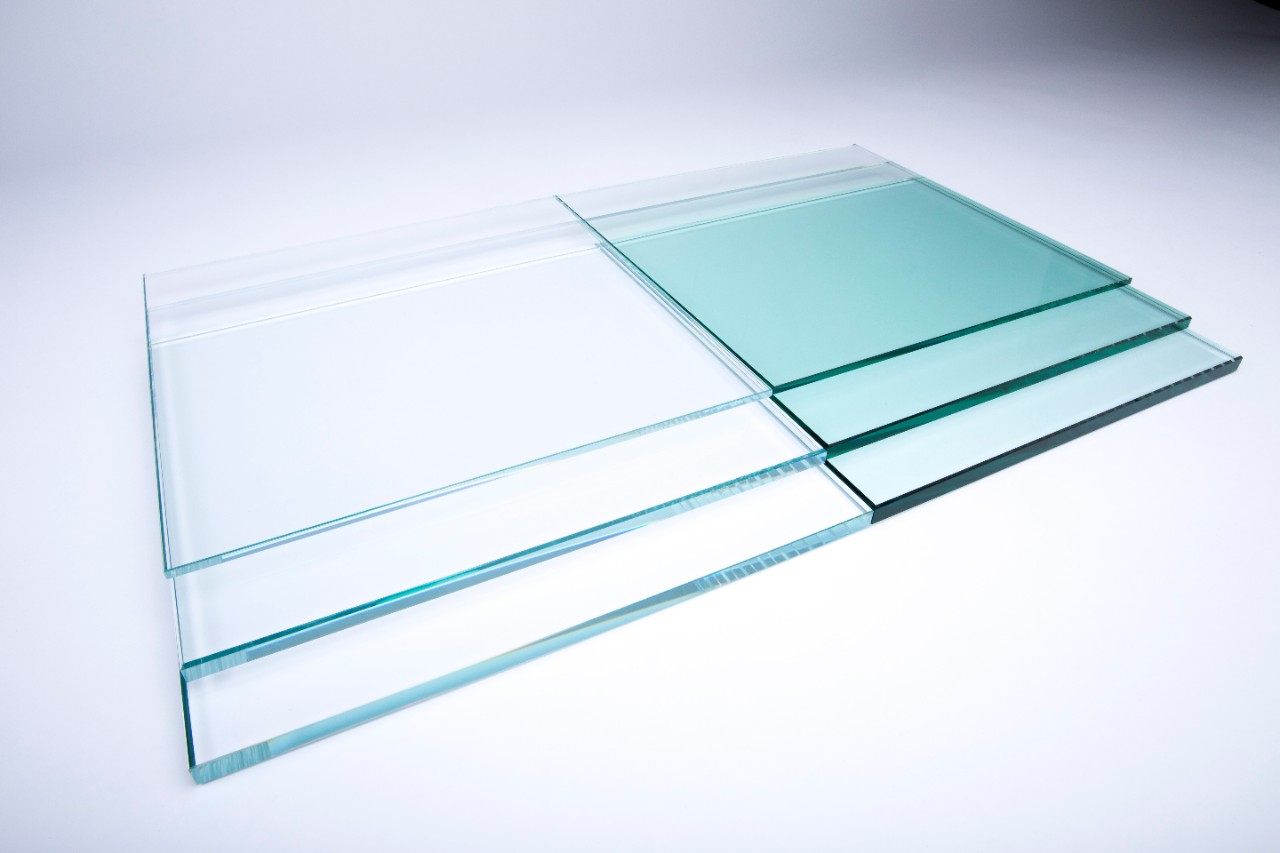
From clear to ultra clear glass
Standard float glass has a slightly greenish appearance, mostly visible when you look at the edges of the glass, and which is due to the iron contained in the raw materials used to produce float glass. The iron content can be reduced to produce mid-iron glass, which is more neutral and transparent than standard clear float glass. It can be reduced further to produce low-iron glass which offers a brilliantly clear, neutral color, with a high light transmission.
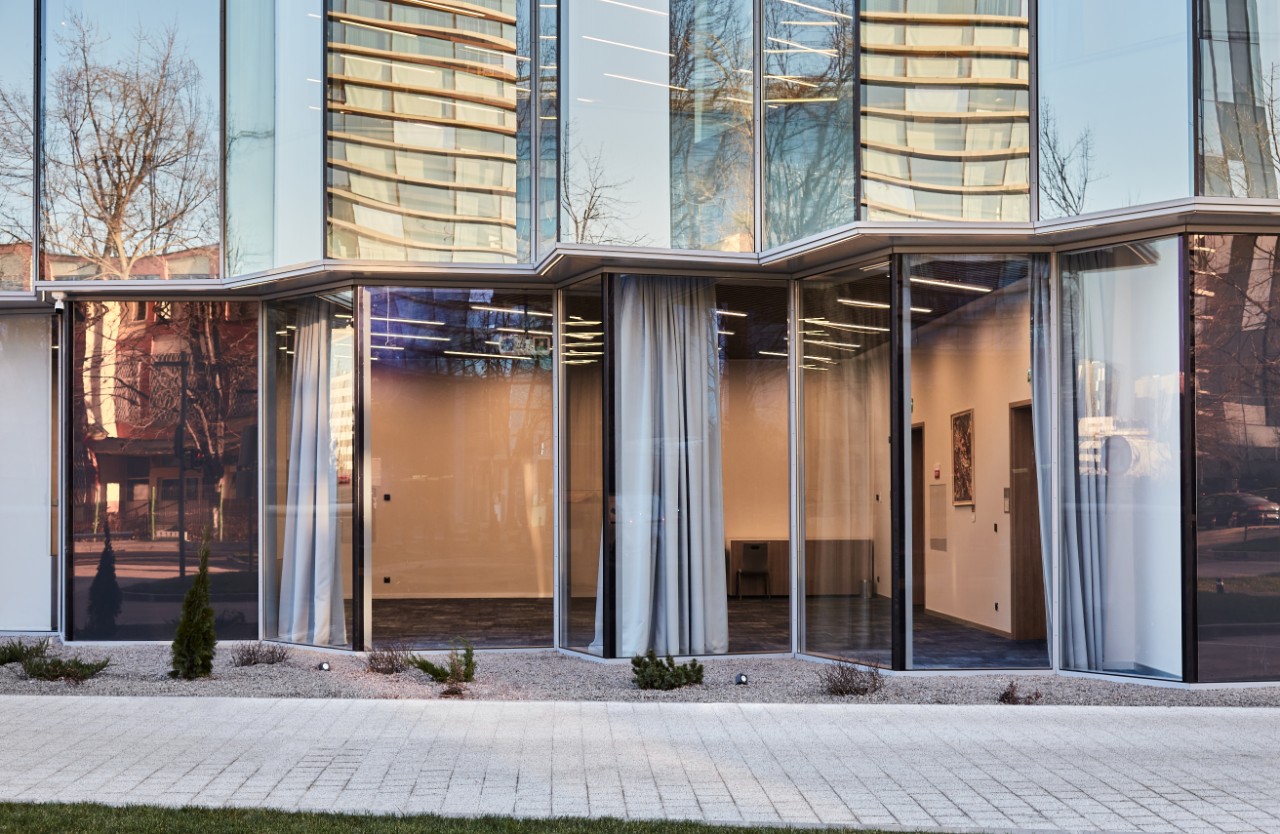
From highly reflective to anti-reflective glass
Glass can be coated to modify its light reflection to various levels. It can be highly reflective, which provides some privacy to building occupants during the day. The reflected color can vary from neutral to more colored, to help meet various trends or design requirements. Reflective glass usually provides solar control and glare reduction properties. If reflection is an issue because it prevents clear views of what is behind the glass, particularly in applications such as storefronts, museum displays and viewing areas, an anti-reflective coating can be applied on the glass to minimize reflections.
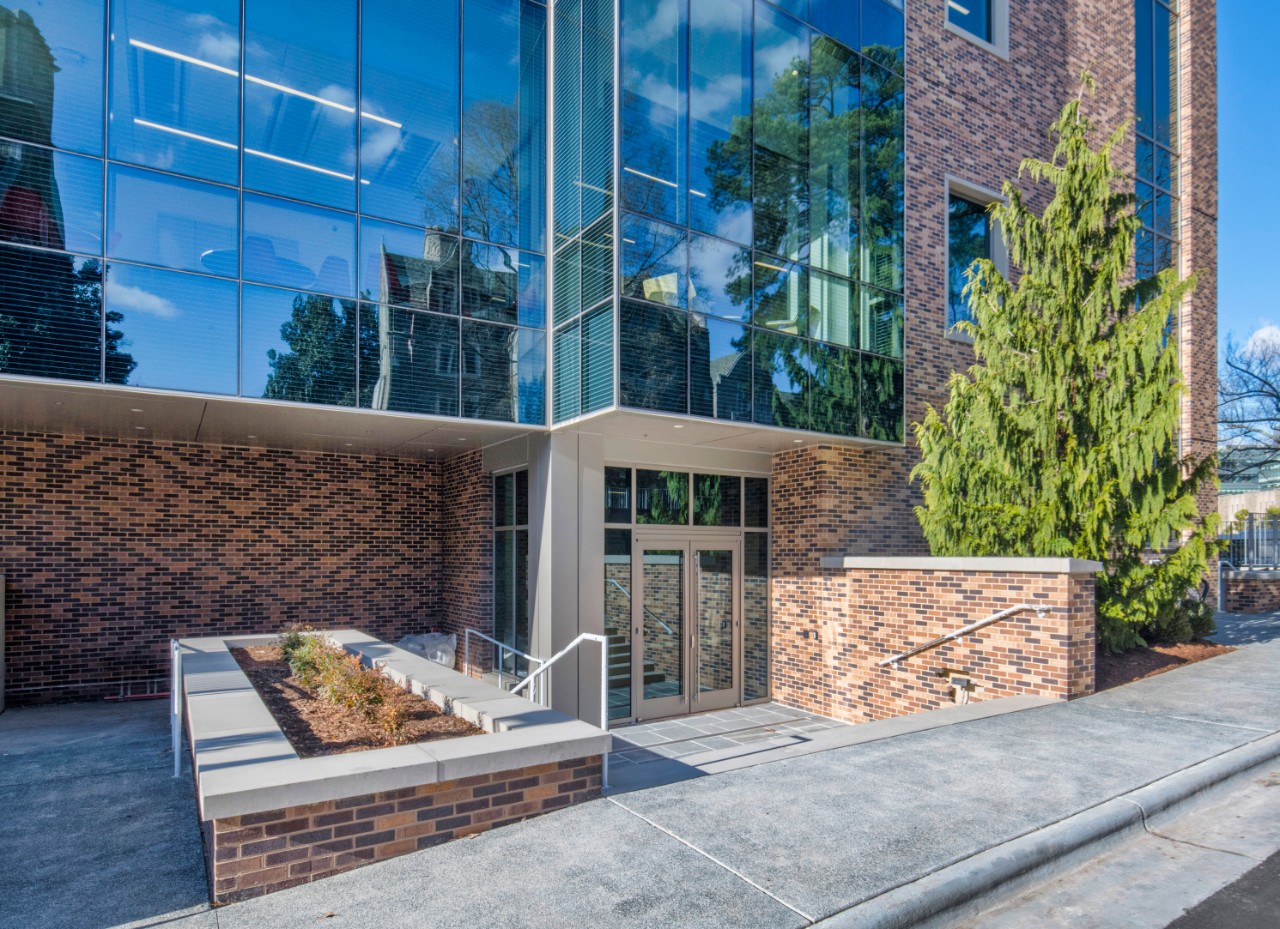
Tinted glass
Body tinted glass is float glass, therefore produced using the same process, but adding metal oxides to the raw materials, which color the glass into green, grey, or other tints such as blue or bronze. The tint affects the visible light transmission, privacy and solar heat transmission properties of the glass. Tinted glass normally needs to be tempered to prevent breakage from high solar heat absorption.
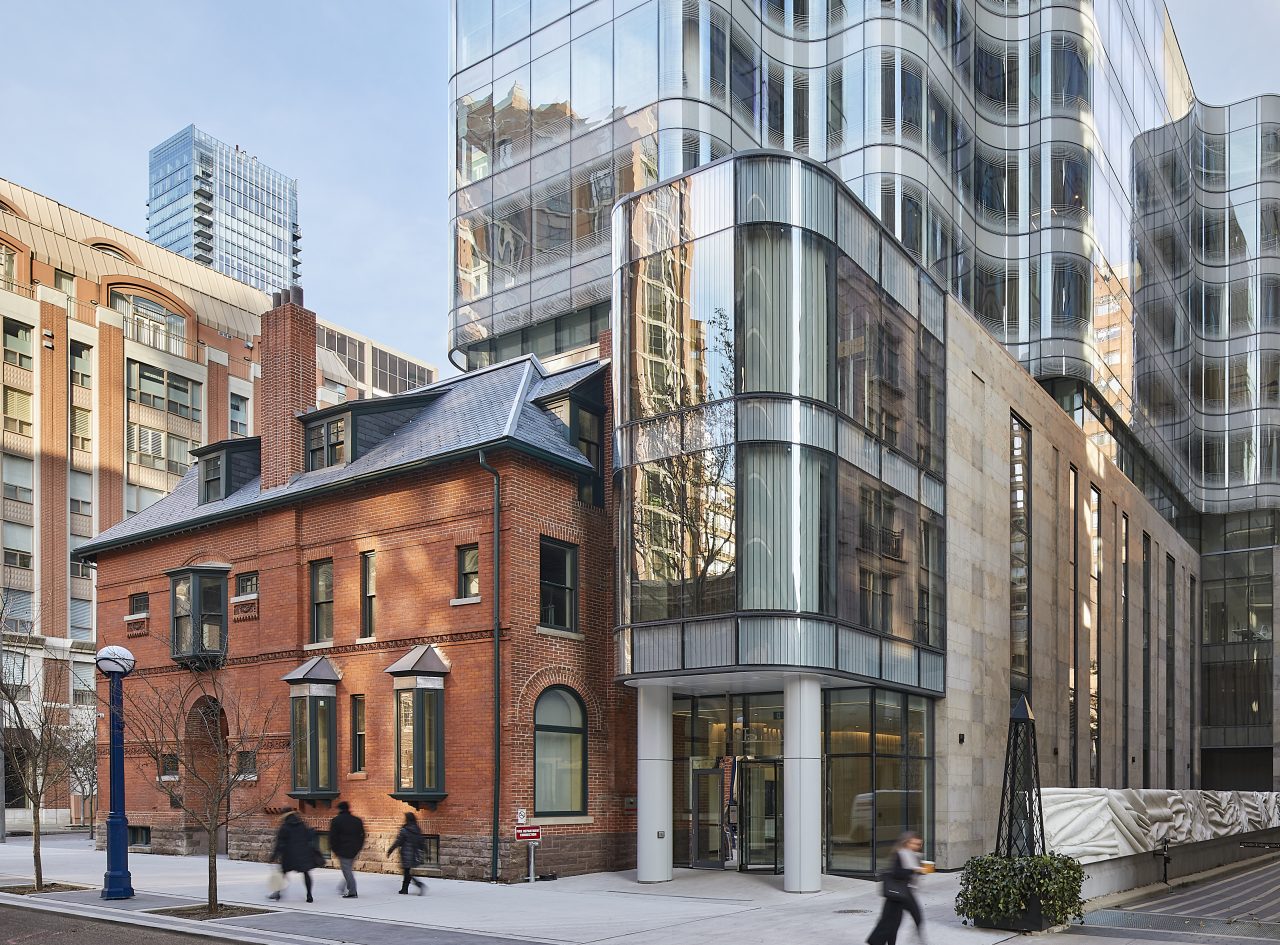
Curved glass
Glass can be curved to create glass facades that stand out from the standard square edges and flat surfaces. It can be made using different techniques, one of these being the heat-treatment process. Curving - or bending - glass requires expertise, especially for facade applications as these normally need coated glass to provide energy performance. Advances in coating technology have opened up new possibilities to create curved glass with complex shapes, including conical, spherical and free-form 3D, without compromising on the coating’s aesthetic appeal or energy performance.
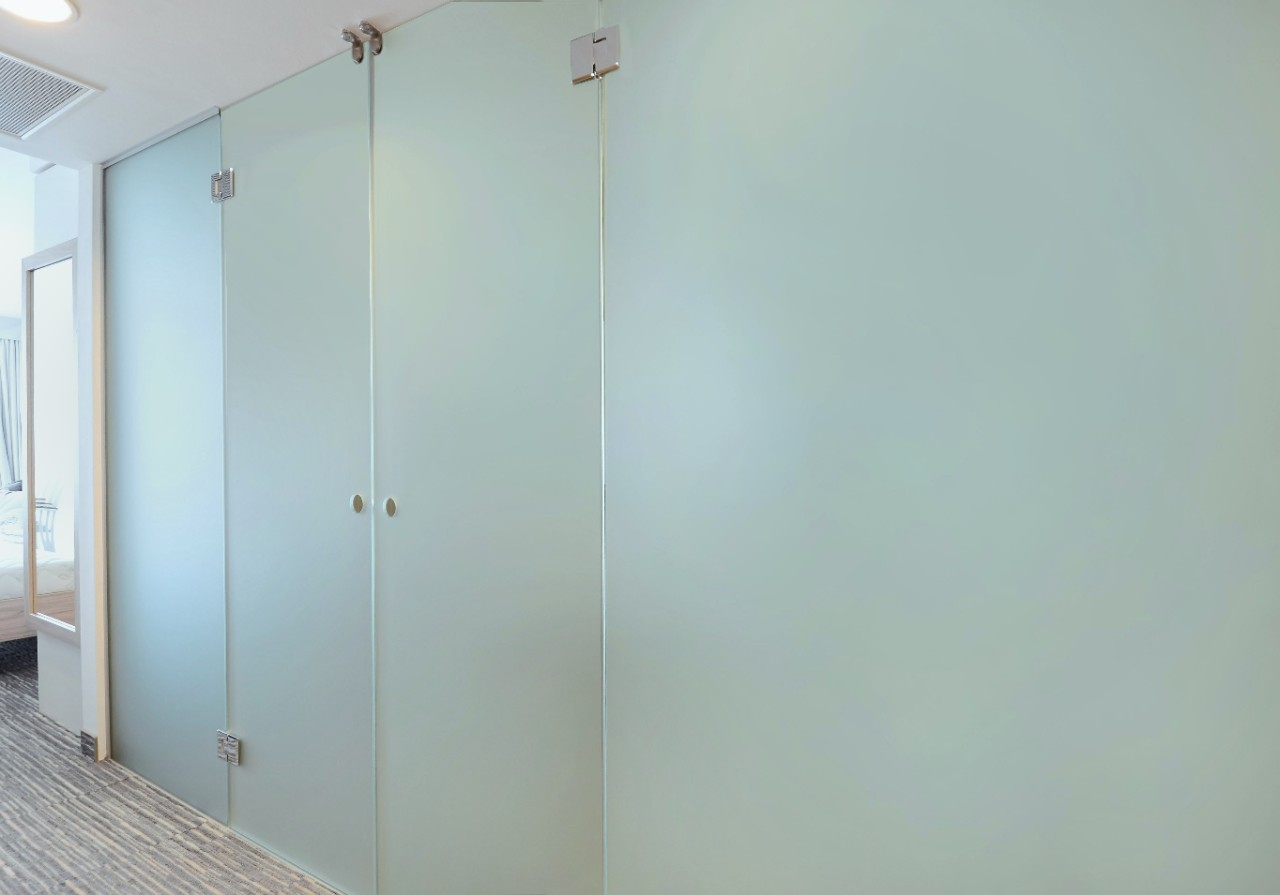
Acid-etched glass
Float glass can be etched to provide a translucent, satin-like appearance. The glass offers privacy but is not opaque, thus allowing light to diffusely enter the room. The surface of the glass offers a smooth, uniform, matte finish which can also help make fingerprints less visible. It is mainly used in interior applications such as doors, partitions and tabletops.
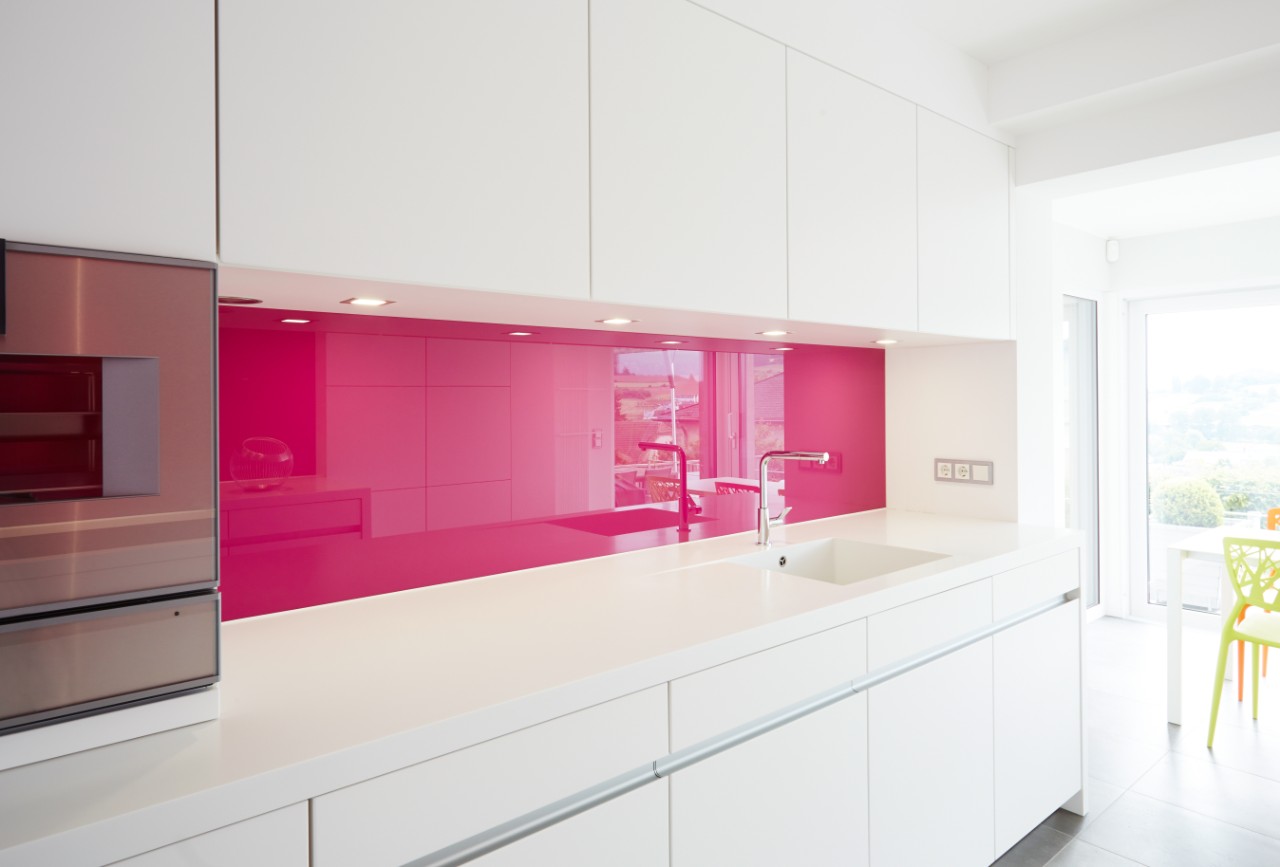
Painted glass
A special paint is added to one side of the glass and dried to produce a uniform lacquered effect. The color options offer many possibilities, from neutral to colored tones. Painted glass is opaque and does not transmit light. It can be used in many interior applications such as backsplashes in kitchens and bathrooms, for furniture and sliding doors. It can also be used for spandrel glass in curtain wall facades to hide structural building components.
Glass types by performance
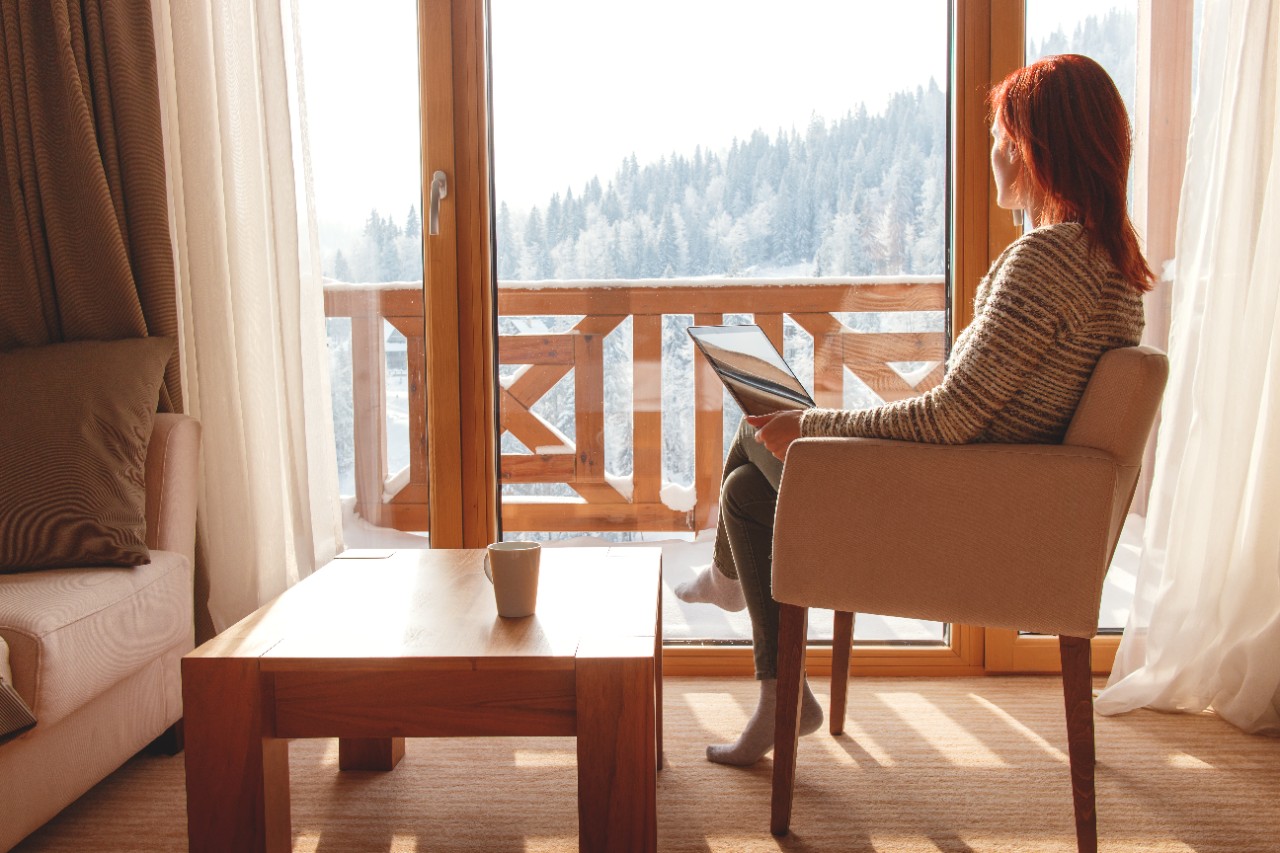
Thermal insulation glass
Thermal Insulation glass is coated glass that helps lower the heat transfer through the glass, due to temperature differences between the interior and the exterior of the building. The thermal insulation performance of a glazing is measured using the U-value parameter, and is expressed in Btu/hr.ft.F in some regions, such as North America and W/m2.K in others, such as Europe. The lower it is, the better the insulating performance.
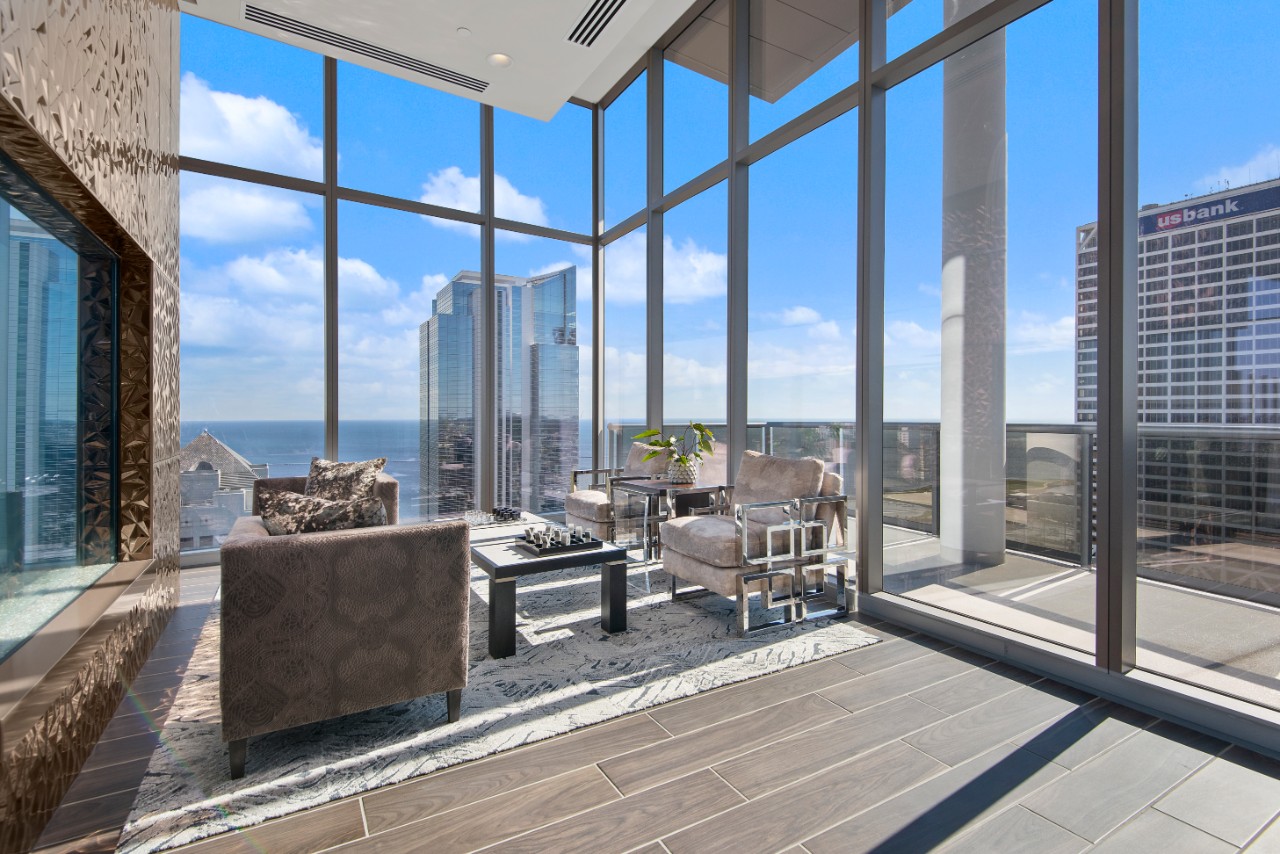
Solar control glass
Solar control glass has a coating that helps lower the amount of solar energy from direct sunlight that enters a building through the glazing. The solar control performance of glass is measured using the g-value or solar factor, and ranges from 0 to 100%. The lower these are, the better the ability of the glass to help prevent the overheating of a room through the glazing.
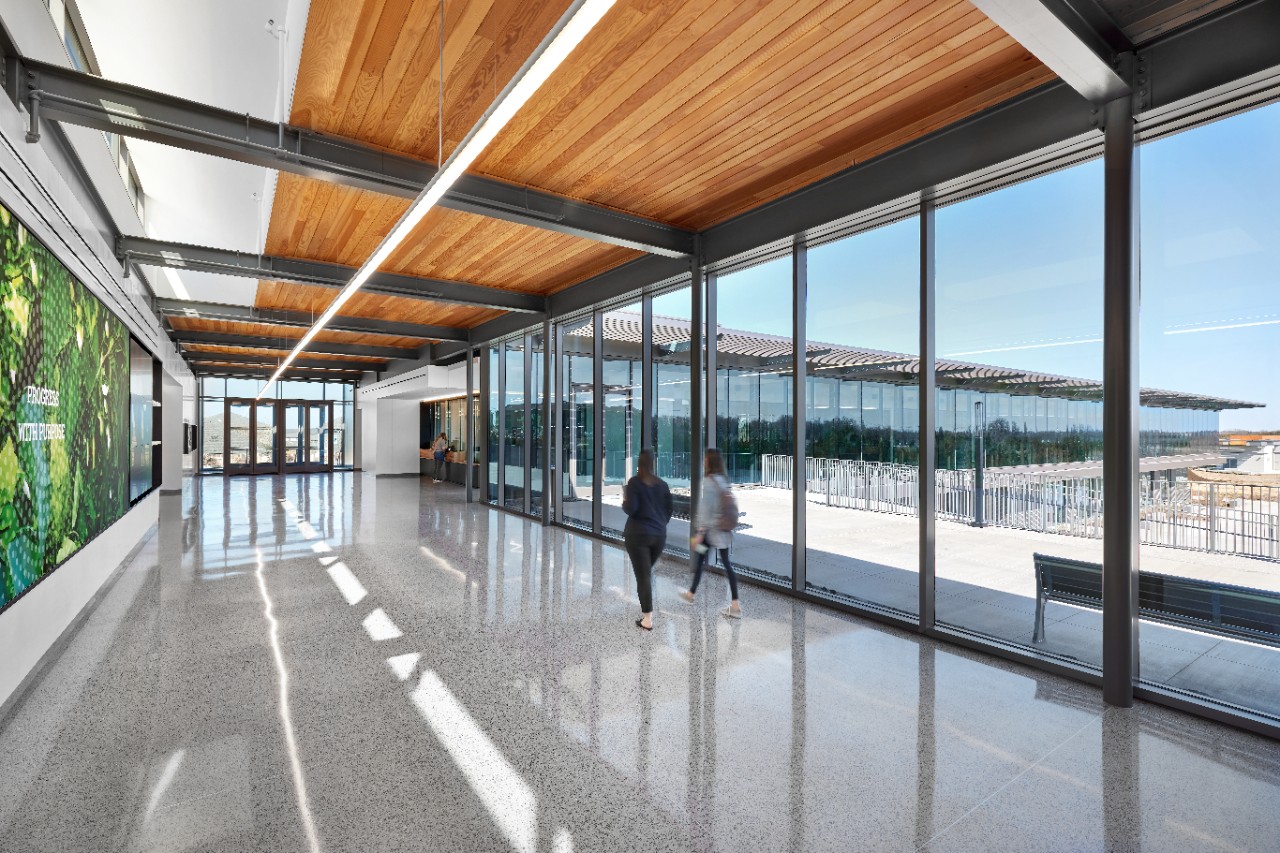
High-performance glass
High-performance glass provides natural light transmission while helping to limit heat gain and thermal energy transfer. This enables building occupants to visually engage with the external environment from a comfortable interior.
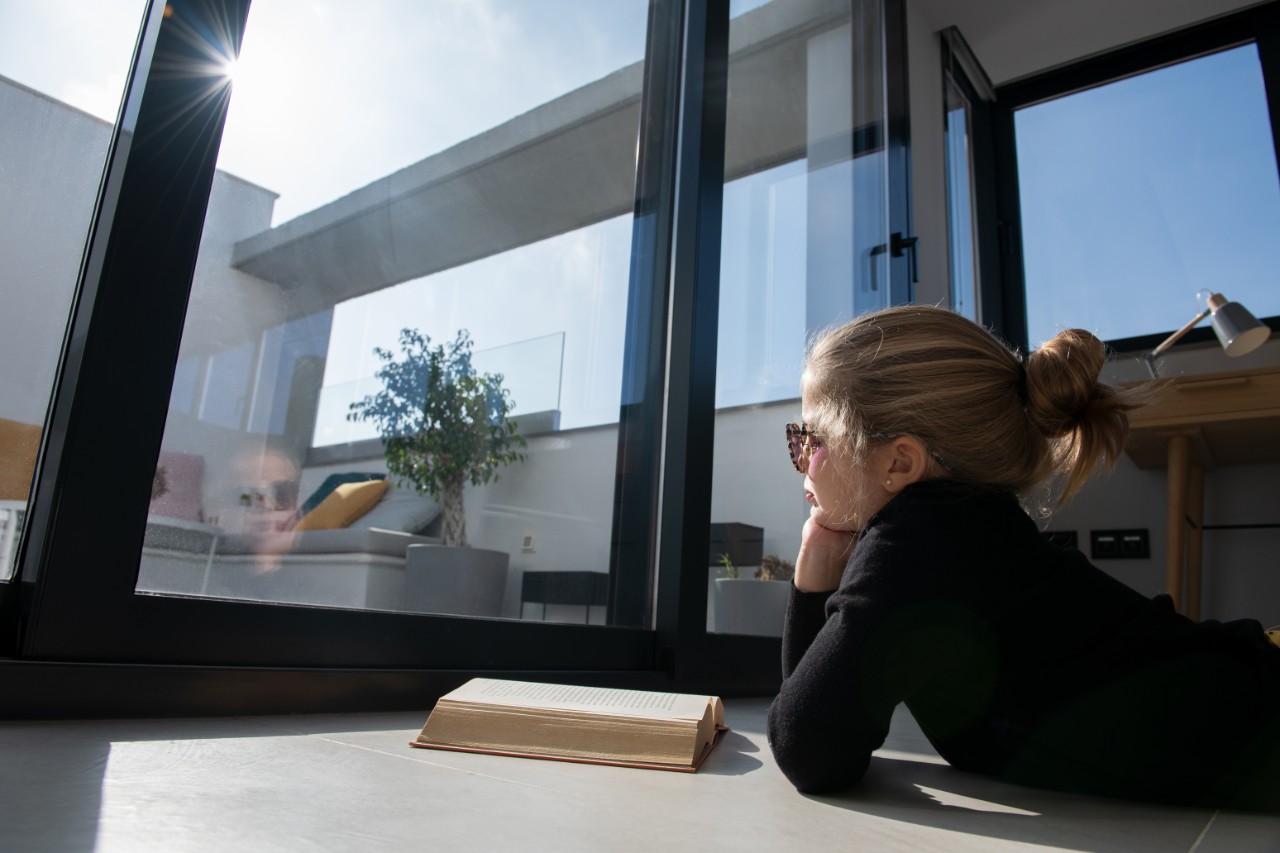
Glare control glass
Glass can help mitigate glare from the sun. It is particularly recommended for largely glazed areas with direct exposure to the sun, and where the visual comfort of the occupants is important, such as in offices or classrooms.
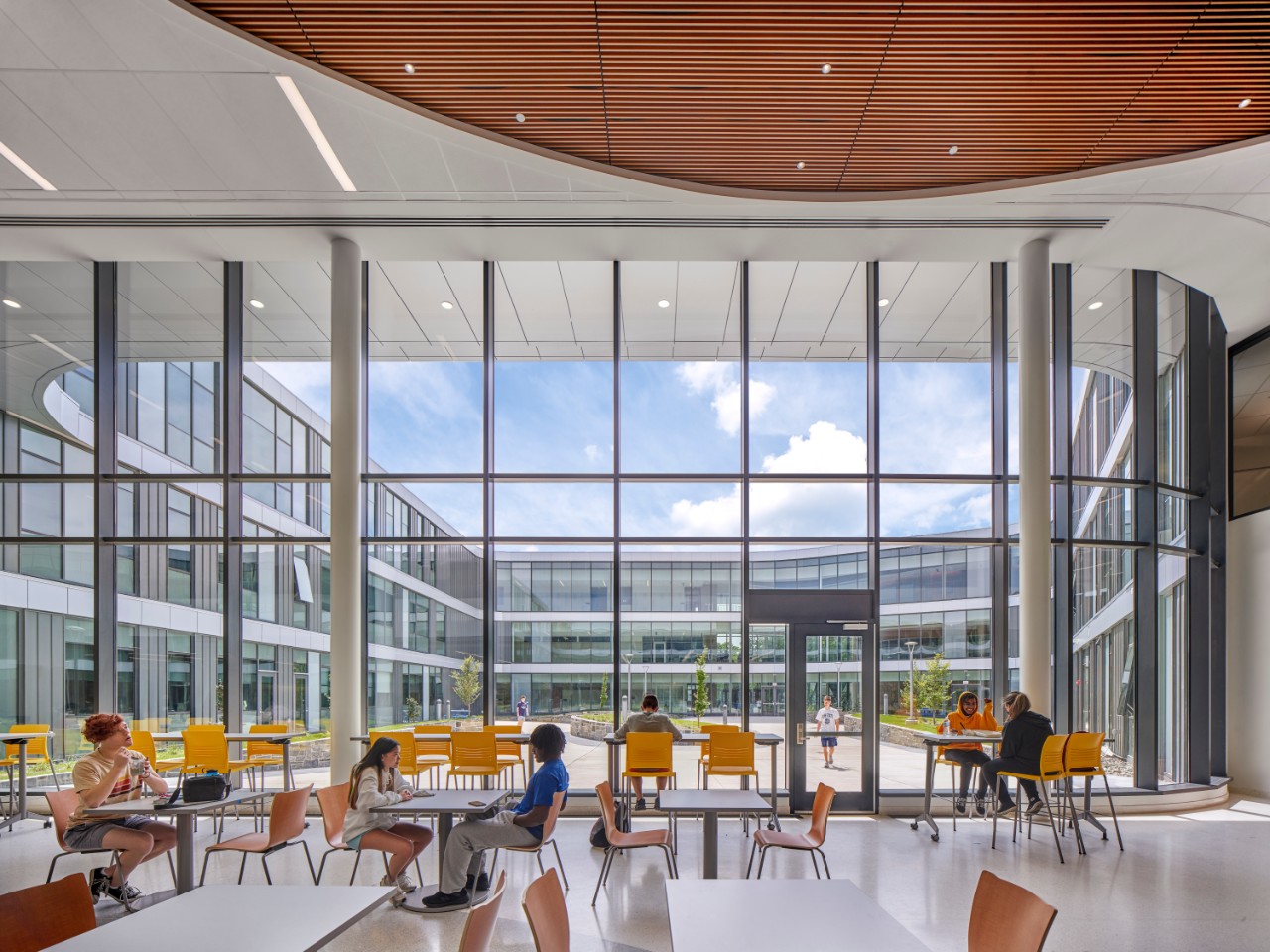
Safety and security glass
Safety and security glass help protect from injuries or damage due to accidental actions (passive safety) or intentional actions (active safety). Glass needs to meet local building codes to qualify as safety or security glazing.
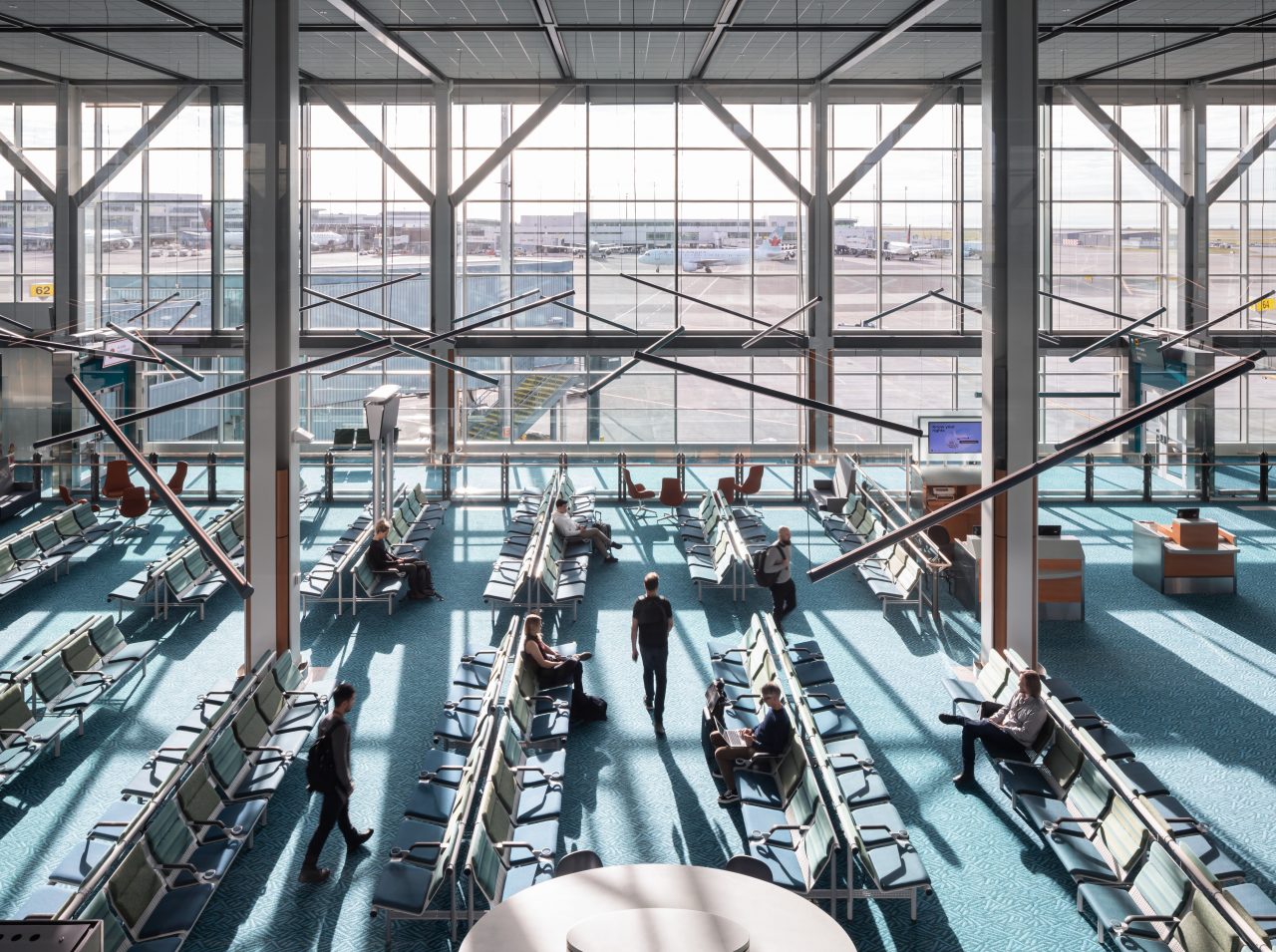
Acoustic control glass
Laminated glass helps lower the sounds that transmit through glazing to various extents, depending on the glass thickness used to make it, but also on the type and number of interlayer(s) used. It is especially recommended in areas with high traffic or close to noisy environments such as airports.
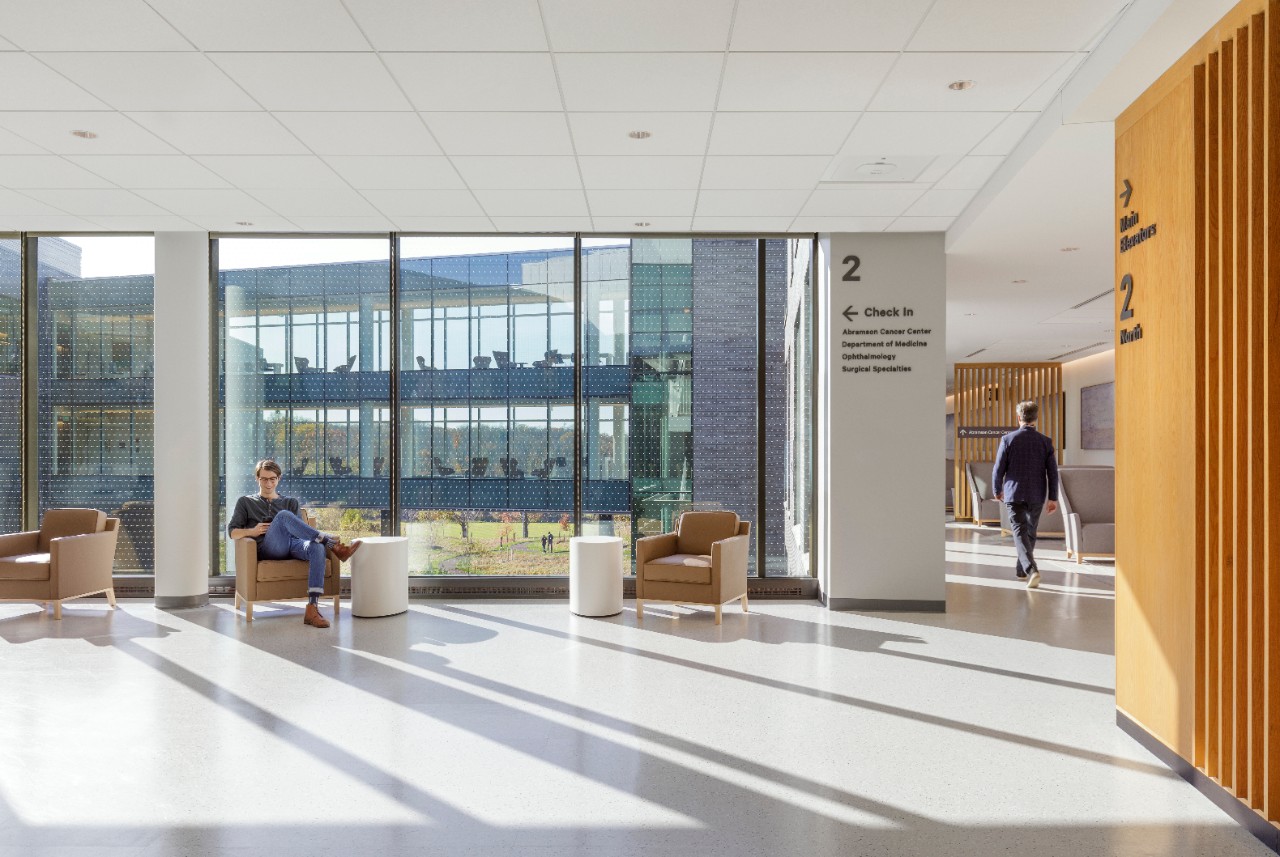
Bird-friendly glass
Bird-friendly glass has patterns produced using different technologies (frit, etch, UV, or lamination) that help birds detect the glazing as a physical barrier and avoid it. Depending on the technology, bird-friendly glass patterns can be more or less visible to humans.
Want to know more about glass?
Guardian Glass offers you a wealth of technical notes, tools and online learning to enhance your knowledge about glass and help you specify the most appropriate glass for your project. Visit our Resource Hub to learn more!
Selecting the glass that will help meet a project’s energy efficiency requirements, while offering the desired appearance can be tricky. Add on top of that needs such as acoustic control, wind load resistance, or bird-friendly requirements – the specification process can become very complex. Our glass experts can help you navigate the various options from the early stage of a project to help avoid issues at a later stage.
